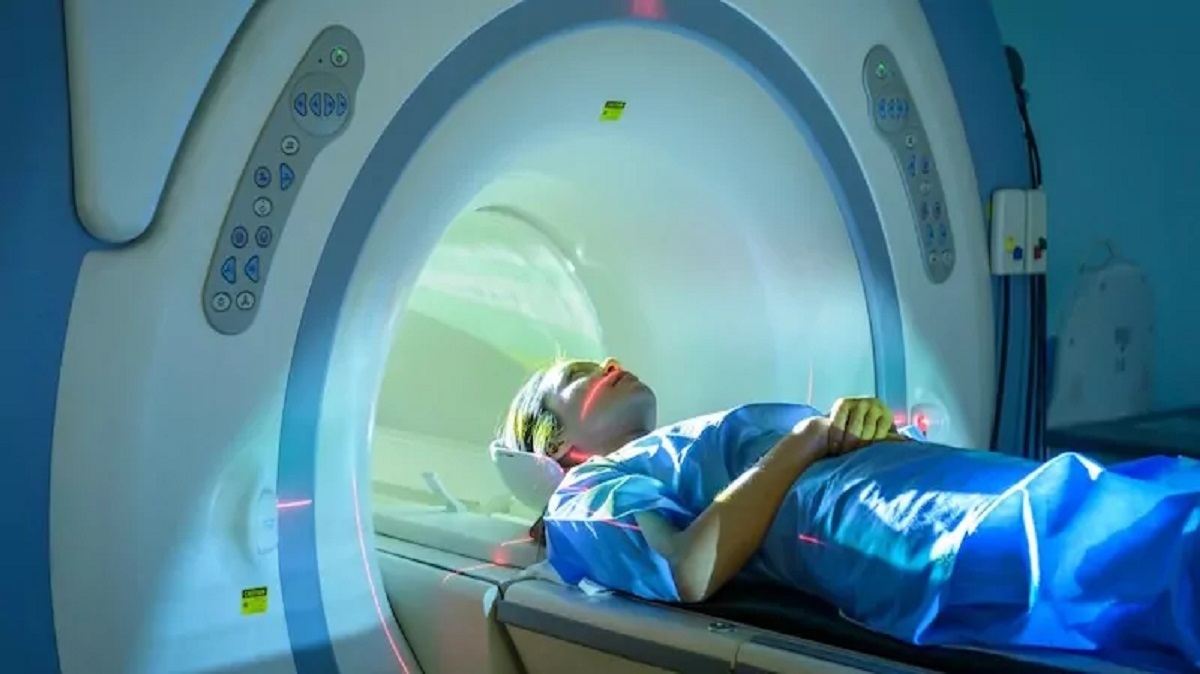A computerized maintenance management system (CMMS) is a type of facility management software that keeps a comprehensive database of information about an organization’s maintenance operations, allowing maintenance workers to work more efficiently and managers to make more informed decisions.
A high-quality CMMS will assist healthcare organizations in automatically planning, creating, tracking, and organizing service requests, work orders, and routine maintenance, reducing the burden on scarce BMET employees. CMMS platforms that include mobile device software take access a step further, allowing users to track work orders and access maintenance activities remotely.
Medical institutions can benefit from CMMS systems in the following ways:
1. Increase operational efficiency
A CMMS is intended to automate many of the manual operations that can consume technicians’ time (for example, work order administration, preventative maintenance scheduling, inventory management, workflow tracking, and so on). By automating these often-tedious operations, healthcare maintenance teams can keep medical equipment in good condition, ensuring that medical staff gets the equipment they need when they need it.
Maintenance teams can also use CMMS solutions to prioritize jobs based on priority and time sensitivity, ensuring that the most vital tasks are handled first. When maintenance can prioritize jobs correctly, healthcare facilities can avoid equipment failures and downtime, which have a detrimental influence on patient care.
2. Make possibilities for employee training and knowledge sharing available
As the supply of BMET decreases, hospitals will need to work smarter (rather than harder). Modern CMMSs can contain features that facilitate technician training and information exchange, allowing each member of the team to maximize their abilities. Healthcare CMMS software, for example, can hold manuals, how-to instructions, and troubleshooting documents, allowing less experienced technicians to learn the basics faster and experienced technicians to take on more difficult jobs.
3. Remotely monitor and execute diagnostics on equipment
Many advanced CMMS systems include remote monitoring capabilities, which enable professionals to collect real-time data, monitor equipment performance, and diagnose issues without physically being there. This capability is very useful when there aren’t enough technicians on-site. With mobile access to CMMS platforms, technicians can handle problems quickly and from anywhere, avoiding the need for multiple site visits and optimizing their time and resources.
4. Improve time management for employees
Computerized maintenance management software can help with efficient workforce scheduling by taking into account elements such as technician availability, skill levels, and workload. CMMS ensures that professionals are used properly and that vital equipment maintenance and repairs are completed on time by efficiently assigning jobs and routes.
5. Collaborate with suppliers and providers
CMMS software helps BMETs track maintenance contracts, warranty information, and service agreements by streamlining contact with suppliers and providers. Supplier coordination elements also ensure that facilities have the assistance they require and may effectively harness external expertise.
6. Introduce resource lifecycle management
CMMS provides a comprehensive perspective of medical assets’ whole lifecycle, including equipment acquisition, installation, maintenance, and retirement. CMMS supports rational decision-making regarding important assets by tracking asset history, maintenance activities, and performance data. Using a systematic approach to asset maintenance can assist facilities in optimizing equipment usage and reducing excessive staff workload.
7. Data analysis and reporting
A CMMS platform may collect and analyze data on the operation of equipment, maintenance costs, and staff productivity. A sophisticated CMMS goes a step further by gathering and displaying medical asset data according on a department’s specific requirements.
To make troubleshooting and inventory management easier, teams may create and examine customisable reports, visualize trend data, and monitor asset operation. This data assists managers in identifying inefficiencies, improving procedures, and making staffing decisions with shortages in mind.
8. Increase equipment uptime
Working high-tech equipment can make a significant impact in patient health outcomes in healthcare, therefore maximizing asset uptime is critical, especially when working with smaller technician cohorts. BMET teams can use CMMS software to establish predictive maintenance programs and track preventive maintenance chores, allowing facilities to change from reactive to proactive maintenance tactics and reduce asset breakdowns.
9. Ensure that regulations are followed
Healthcare assets must meet a variety of demanding regulatory standards. A CMMS can help facilities stay compliant by providing full asset tracking and keeping detailed records of inspections, maintenance tasks, and repairs. These features , together with mobile apps that can provide technicians real-time asset status information, assist medical organizations in providing documentation during audits, allowing them to continue serving patients in need.


